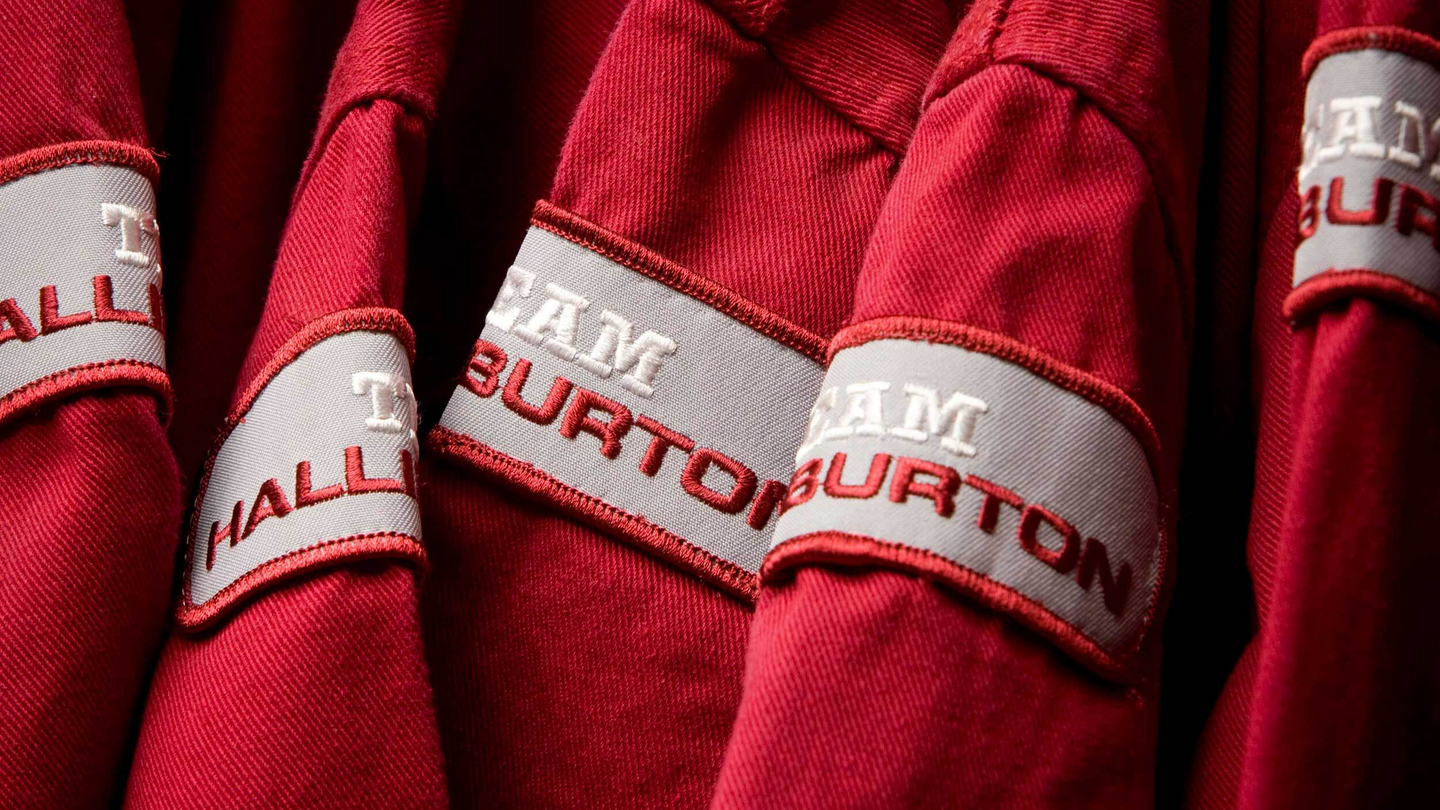 Search
Search
 Search
Search
Pump-Down Visualization service and Mono-Conductor Tension Device help navigate torturous well paths confidently with real-time feedback
Download PDFUnconventionals

Crews could not tell the position of guns and the tension at the cable head

Southern Oklahoma

As part of a multiwell effort in southern Oklahoma, a major operator was perforating a long horizontal well with two 109º upturns and two 14º doglegs. Until now, crews could not tell the position of guns and the tension at the cable head during pump-down operations in such wells. This sometimes resulted in pump-off (guns separating from cable) or guns backing up over the cable and severing it during perforation. Each could cause nonproductive time (NPT), unplanned fishing expenses, and production delays. However, Halliburton has two new technologies that – when used together – help dramatically reduce these risks. They visually confirm the position of the guns in the well at all times, so operators know if they are on an upslope or downslope. They also confirm tension on the cable head in real time so operators can keep the working load within safe limits. The client used the new technologies in 31 wells and did not have one pump-off.
Pumping upslope makes pump-down operations difficult because gravity can sometimes make guns back up. When that happens, crews can perforate and damage cable. Conversely, on downslopes, guns have a tendency to run away. Knowing how much pressure to apply or how fast to run out cable requires knowing the tension at the cable head and the well trajectory during the pump-down. Unfortunately, until now, there was no way to tell the precise position of guns in such torturous well paths. As a result, crews could accidentally take actions that could cause guns to disconnect from the cable, a condition known as “pump-off.” Such problems required calling out a coiled tubing rig for fishing. They shut down the job, delayed fracturing and production, and incurred added, unplanned costs for intervention and well cleanout.
In 2013, Halliburton introduced two new technologies that help avoid such problems. The Mono-Conductor Tension Device (MCTD) and Pump-Down Visualization (PDV) software enhance real-time communication and understanding of what occurs during a pump-down run. Use of these services has validated tool movement in the well, reduced pump-off of gun strings. and prevented perforating the cable due to gun slide. Prevention of a single gun-string pump-off and associated fishing costs easily compensates for the per well cost of these services. MCTD shows tension at top of gun string in real time The MCTD shows tension on the cable at the gun connection in real time. Studies show that surface tension measurements can be slow to respond or inaccurate compared to downhole tension. Thus, the MCTD gives crews a way to keep tension on the cable within safe limits. Halliburton Pump-Down Visualization software displays the position of the guns in relation to the well directional survey supplied by the operator. This enables crews to monitor gun-string transport throughout the pump-down and correlate it with tension readings at the top of the gun string. The combination shows real-time movement of the gun string, helps operators understand the reasons for tension or pressure changes, and react appropriately to help avoid pump-off.
Now, crews can anticipate problems and plan for them. For instance, when climbing upslope, they can instantaneously “see” (via a reduction in tension) if guns begin slipping back downward. They can then increase the pump rate to keep guns from backing over the cable, and still perforate where planned. They can also see when guns crest a ridge and begin travelling downslope, so the line speed can be increased to prevent a potential pump-off. The PDV software combines pumping rate, treating pressure and barrels of fluid pumped from Halliburton stimulation with gun-string depth, cable speed and tension from Halliburton Wireline and Perforating services. The result: easy-to-read graphics that can be displayed in real time in the stimulation TechCommand® Center (TCC), the logging truck or at an off-site office. Safer, more cost-effective way to transport guns and perforate The MCTD/PDV services provided real-time visibility and understanding of what was occurring downhole during the pump-down operation in all the stages. Halliburton completed pump-down operations in 31 wells in the campaign – without delays, issues or expenses that could easily have occurred without the benefit of the new technology. The customer completed a total of 330 stages using these unique Halliburton solutions with no unplanned events in these high-trajectory wells.
